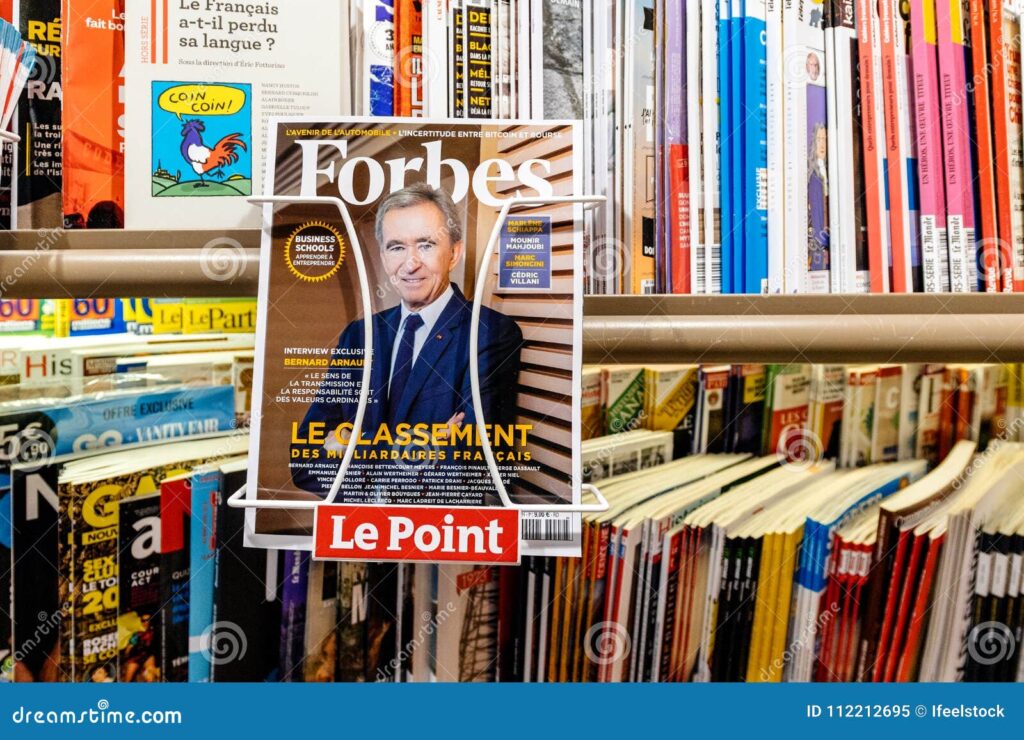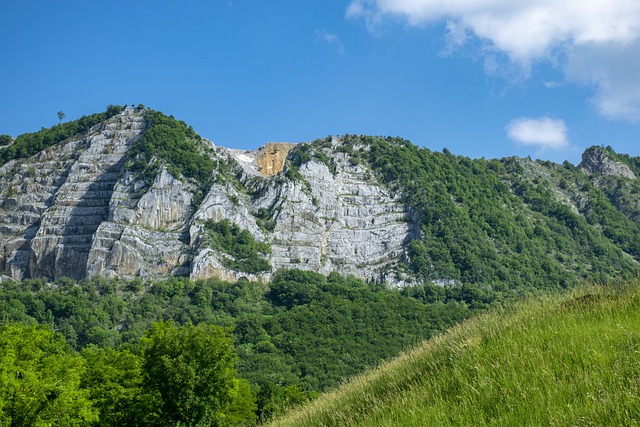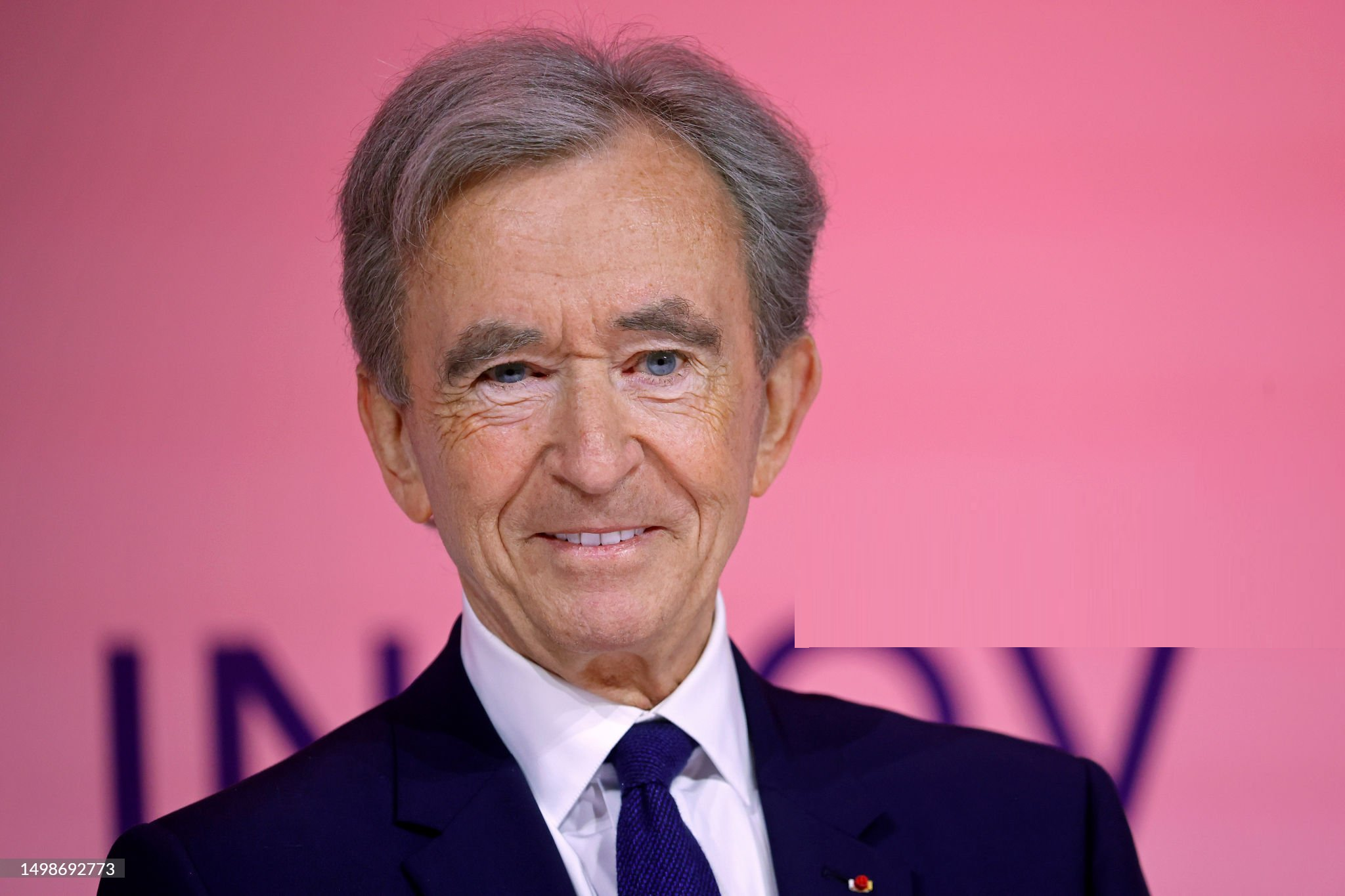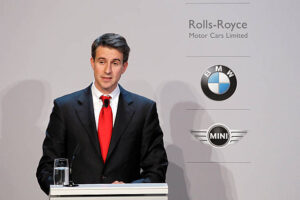Bernard Arnault was born on March 5, 1949, in Roubaix, France. He came from a wealthy family; his father owned a successful construction company, Ferret-Savinel. Arnault attended the École Polytechnique, one of France’s top engineering schools, where he graduated in 1971.
Early Career
After graduation, Arnault joined his father’s company. By 1976, he convinced his father to shift the company’s focus from construction to real estate, renaming it Ferinel. This early experience in business transformation would prove valuable in his later ventures.
“The important thing is to go out and see the companies for yourself, to understand how they work.”
Bernard Arnault
Entry into the Luxury Goods Market
In 1984, Arnault seized an opportunity to enter the luxury goods market by acquiring the struggling textile company Boussac Saint-Frères, which owned Christian Dior. This acquisition was made possible by leveraging his family’s wealth and securing additional funding. This move marked the beginning of Arnault’s journey into the luxury industry.
Formation and Expansion of LVMH
Acquisition of LVMH
- 1987: Arnault invested $15 million of his own money, with additional backing from Lazard, to take control of LVMH (Louis Vuitton Moët Hennessy). By becoming the majority shareholder, he secured his position as chairman and CEO.



Strategic Acquisitions
- 1990s-2000s: Arnault embarked on an aggressive acquisition strategy, acquiring several high-end brands. Some notable acquisitions include:
- 1993: Berluti and Kenzo
- 1996: Céline
- 1997: Loewe
- 1999: Sephora and Thomas Pink
- 2000s: Acquisitions of Fendi, Emilio Pucci, and Donna Karan
Businesses
- Fashion and Leather Goods
- Louis Vuitton
- Christian Dior
- Fendi
- Celine
- Givenchy
- Loewe
- Kenzo
- Marc Jacobs
- Emilio Pucci
- Berluti
- Rimowa
- Loro Piana
- Wines and Spirits
- Moët & Chandon
- Dom Pérignon
- Veuve Clicquot
- Krug
- Mercier
- Ruinart
- Hennessy
- Château d’Yquem
- Perfumes and Cosmetics
- Parfums Christian Dior
- Guerlain
- Parfums Givenchy
- Kenzo Parfums
- Fresh
- Benefit Cosmetics
- Acqua di Parma
- Make Up For Ever
- Fenty Beauty by Rihanna
- Watches and Jewelry
- TAG Heuer
- Bulgari
- Hublot
- Zenith
- Chaumet
- Fred
- Tiffany & Co.
- Selective Retailing
- DFS (Duty-Free Shoppers)
- Sephora
- Le Bon Marché
- La Samaritaine
- Groupe Arnault – Bernard Arnault’s family holding company, which invests in various businesses.
- Hermès – Arnault has a stake in Hermès through LVMH.
- Carrefour – Arnault has made investments in the French multinational retail corporation.
- Media
- Les Echos
- Le Parisien
Management

Diversification and Global Expansion
- Product Diversification: Arnault diversified LVMH’s portfolio to include fashion, jewelry, watches, perfumes, cosmetics, wines, and spirits. This ensured that the company was not overly reliant on any single market segment.
- Global Expansion: Arnault pushed for global expansion, particularly into emerging markets like China and India, where demand for luxury goods was on the rise.
Embraced digital transformation, leveraging e-commerce and digital marketing to reach younger, tech-savvy consumers.
Brand Management and Innovation
Maintaining Brand Integrity
- Arnault maintained the exclusivity and heritage of each brand while implementing modern management practices to improve efficiency and profitability.
Marketing and Digital Transformation
- Heavy investments in marketing, including celebrity endorsements and high-profile events, kept the brands in the public eye.
- Embraced digital transformation, leveraging e-commerce and digital marketing to reach younger, tech-savvy consumers.
Financial Strategy and Corporate Governance
Leveraged Buyouts
- Arnault frequently used leveraged buyouts, minimizing his initial investment and maximizing returns by using the assets of acquired companies as collateral.
Centralized Management
- Implemented a centralized management structure for strategic decisions while allowing individual brands operational autonomy to retain their unique identities.
Art and Real Estate Investments
Art Collection
- Arnault is an avid art collector, owning works by renowned artists like Picasso and Warhol. His passion for art is reflected in LVMH’s brands, enhancing their cultural prestige.
Fondation Louis Vuitton
- In 2006, Arnault initiated the creation of the Fondation Louis Vuitton, a contemporary art museum and cultural center in Paris. This project underscored his commitment to the arts and solidified his and LVMH’s cultural influence.
Personal Wealth and Legacy
- As of the 2020s, Bernard Arnault’s net worth has consistently placed him among the richest individuals in the world. His wealth is primarily derived from his controlling stake in LVMH, which has seen substantial growth under his leadership.
- Arnault’s children are also involved in LVMH, indicating a strong family succession plan to ensure the company’s continued success.
Summary
Bernard Arnault’s wealth can be attributed to his strategic vision, keen business acumen, and ability to execute complex acquisitions and integrations. By transforming LVMH into a global luxury powerhouse through strategic acquisitions, brand management, and global expansion, he built a diversified and resilient empire that continues to thrive. His investments in art and real estate further diversified his wealth and cemented his legacy in both the business and cultural worlds.








